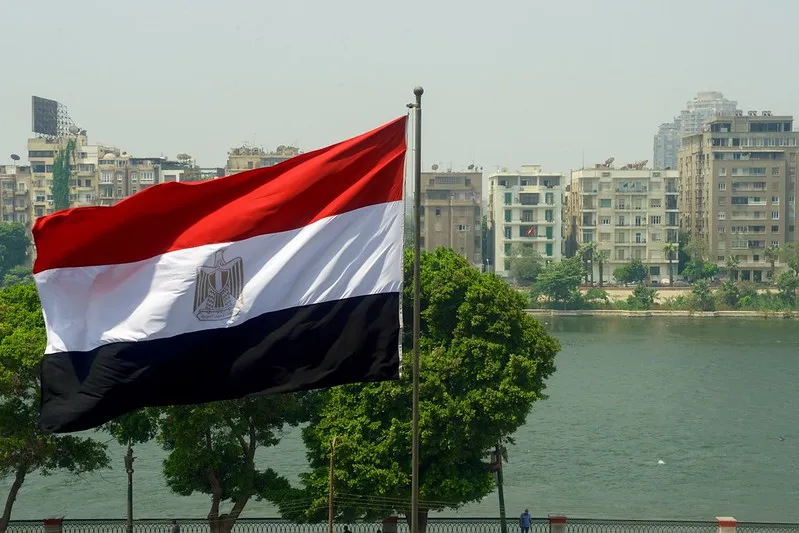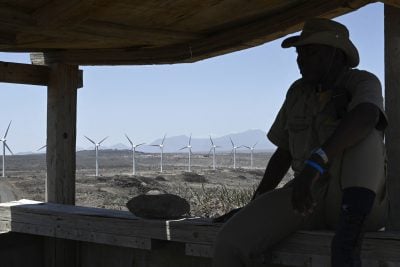Egypt’s government has reaffirmed its plans to launch a subsea electricity cable with Greece to enable electricity from Egyptian solar facilities to supply the country and the wider European energy market.
Egypt’s foreign minister Sameh Shoukry met with his counterpart from Greece at the UN General Assembly last week for discussions on the so-called GREGY interconnector.
The plans are being spearheaded by the Copelouzos Group, a Greek conglomerate, and Infinity Power – a joint venture between UAE-based renewable energy firm Masdar and Egyptian company Infinity.
The interconnector would be able to transmit 3,000 MW of solar and wind energy generated by Infinity Power to Greece via a subsea power cable that will be around 1,400km long.
The project “provides a great opportunity” for Europe, says Carlos Torres, head of gas and power markets research at consulting firm Rystad Energy. He notes that the continent is currently doing “everything that’s possible” to reduce its dependence on fossil fuels.
“Egypt has much better conditions that most of Europe for developing solar systems,” Torres points out. Indeed, a 2020 World Bank study showed that Egypt and other countries in the Middle East and North Africa boast the world’s greatest solar energy potential, while northern European countries have among the least favourable conditions for solar.
While Europe’s scramble for power has been well-documented since the Russian invasion of Ukraine, Egypt has its own power needs. The country has suffered a series of blackouts this summer, highlighting a long-term failure to invest in energy for its growing population.
However, with several energy projects currently under construction – including the country’s first nuclear power station – Torres believes that Egypt will enjoy a more “comfortable situation” in the future, enabling it to meet domestic supply while also exporting power.
Mediterranean energy road
The GREGY interconnector is one of several schemes designed to connect North Africa with Europe. There are already two subsea cables that transmit electricity between Morocco and Spain. Multiple other projects are in the planning stages, including a number of schemes to supply power from Tunisia to Italy.
The GREGY interconnector, if built, would be longer than any subsea transmission line currently in operation. It would be almost twice as long as the current record holder, a recently completed link between Denmark and Britain.
But GREGY would be smaller than other schemes on the drawing board, notably a proposed cable that would supply electricity generated in Morocco directly to the British electricity grid.
This project, being developed by UK-based start-up Xlinks, would require an undersea cable extending 3,800km around the western edge of Europe. The extreme length of the connection would increase the amount of electricity lost during transmission, even if recent technological improvements reduce transmission losses.
The GREGY interconnector’s approach appears more practical, since it takes electrons generated in Egypt to the closest point on the European mainland – from where the power could be supplied to other European countries.
While developers are employing a variety of approaches, there seems little doubt North Africa’s solar resources will continue to draw the gaze of power-hungry European governments as they scour the world for green alternatives to Russian gas.
“It’s likely that we will be seeing more and more high-voltage, long-distance connections”, says Torres.
Want to continue reading? Subscribe today.
You've read all your free articles for this month! Subscribe now to enjoy full access to our content.
Digital Monthly
£8.00 / month
Receive full unlimited access to our articles, opinions, podcasts and more.
Digital Yearly
£70.00 / year
Our best value offer - save £26 and gain access to all of our digital content for an entire year!
 Sign in with Google
Sign in with Google 



